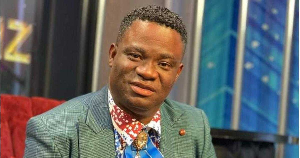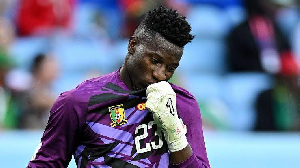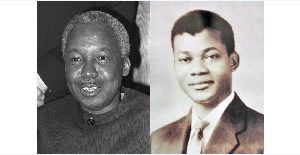General News of Friday, 28 August 2020
Source: universnewsroom.com
Biased treatment of women in media due to low representation – George Sarpong
Executive Secretary for the National Media Commission, George Sarpong, has attributed the one-sided treatment of women in the media landscape to their low representation in the industry.
He highlighted that this challenge is not faced by only women in the media but women in other professions as well, which go a long way to affect the visibility of salient issues pertaining to women in general.
Speaking at the launch of research on the status of women in the Ghanaian media under the theme, “providing evidence for gender equality and advocacy,” Mr. Sarpong scored the need of the media in all aspects of life, saying it is “the biggest place for public discourse.”
“So the effects of the peculiar challenges that professionals who are women face have ripple effects on media salient, on issues about women and things that matter to them,” he said.
Furthermore, he reiterated that the scope of the research by the Alliance for Women in Media Ghana and the University of Ghana, school of information and communication studies, does not only address women in the media but focuses on other women in various sectors as well.
He, however, expressed satisfaction with the data findings of a research conducted by the Alliance for Women in Media, which he says will greatly inform discussions that have women in focus.
“And that is why I am particularly excited that we have data that will help all of us to reflect on the issues that are important to us. The data in itself may not offer the answers we’re looking for but it has a way of focusing the conversation towards the reality that confronts us,” he added.
The report was developed by the Alliance for Women in Media in partnership with the University of Ghana, School of Information and Communication Studies, and funded by the United States embassy grants programme, Ghana.
This report was sampled from over 300 female media professionals across all the 16 regions of Ghana.
It has an objective to provide baseline evidence for gender equality and advocacy in the news media.
Entertainment











